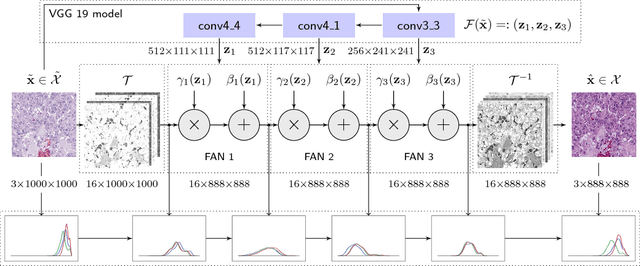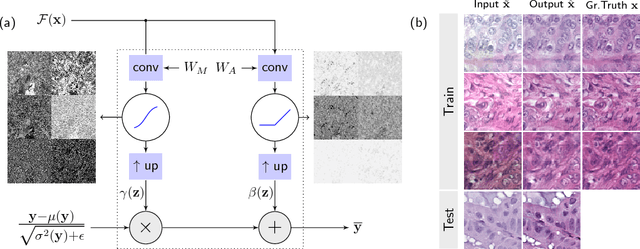Eva Oswald
The Brain Tumor Segmentation Challenge 2023: Local Synthesis of Healthy Brain Tissue via Inpainting
May 15, 2023



Abstract:A myriad of algorithms for the automatic analysis of brain MR images is available to support clinicians in their decision-making. For brain tumor patients, the image acquisition time series typically starts with a scan that is already pathological. This poses problems, as many algorithms are designed to analyze healthy brains and provide no guarantees for images featuring lesions. Examples include but are not limited to algorithms for brain anatomy parcellation, tissue segmentation, and brain extraction. To solve this dilemma, we introduce the BraTS 2023 inpainting challenge. Here, the participants' task is to explore inpainting techniques to synthesize healthy brain scans from lesioned ones. The following manuscript contains the task formulation, dataset, and submission procedure. Later it will be updated to summarize the findings of the challenge. The challenge is organized as part of the BraTS 2023 challenge hosted at the MICCAI 2023 conference in Vancouver, Canada.
Context-based Normalization of Histological Stains using Deep Convolutional Features
Aug 14, 2017



Abstract:While human observers are able to cope with variations in color and appearance of histological stains, digital pathology algorithms commonly require a well-normalized setting to achieve peak performance, especially when a limited amount of labeled data is available. This work provides a fully automated, end-to-end learning-based setup for normalizing histological stains, which considers the texture context of the tissue. We introduce Feature Aware Normalization, which extends the framework of batch normalization in combination with gating elements from Long Short-Term Memory units for normalization among different spatial regions of interest. By incorporating a pretrained deep neural network as a feature extractor steering a pixelwise processing pipeline, we achieve excellent normalization results and ensure a consistent representation of color and texture. The evaluation comprises a comparison of color histogram deviations, structural similarity and measures the color volume obtained by the different methods.
 Add to Chrome
Add to Chrome Add to Firefox
Add to Firefox Add to Edge
Add to Edge